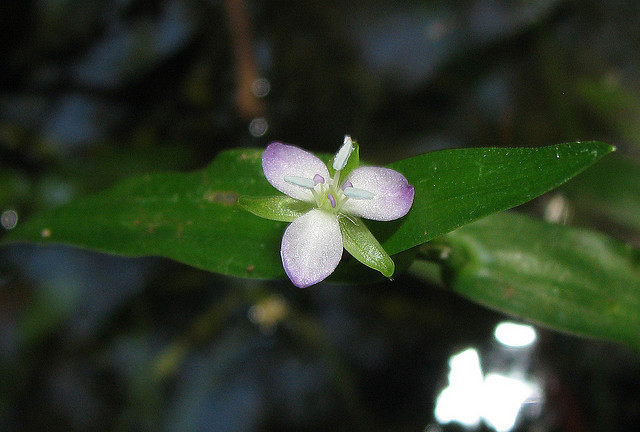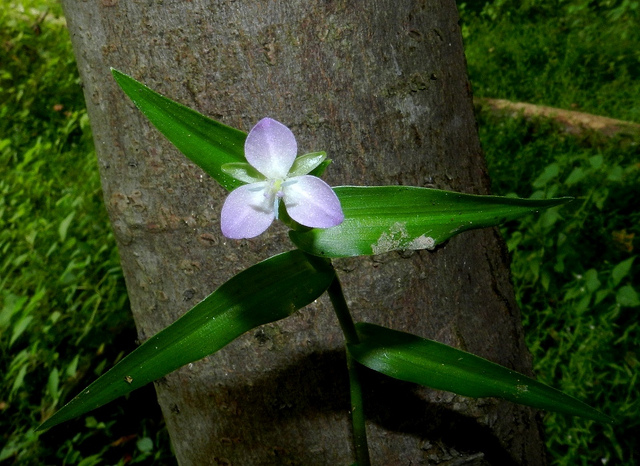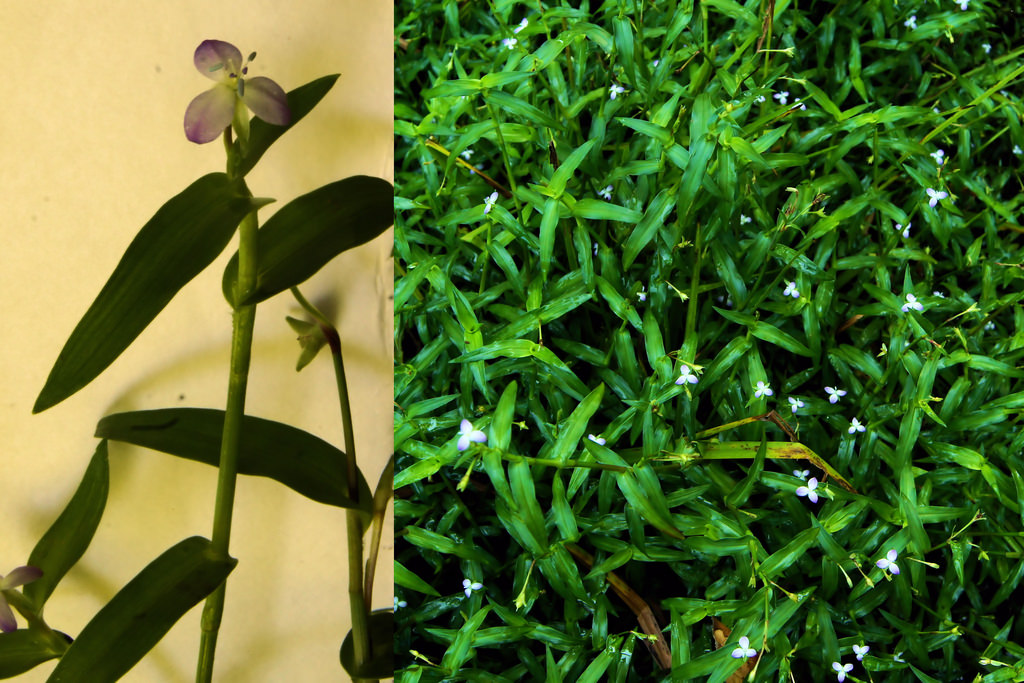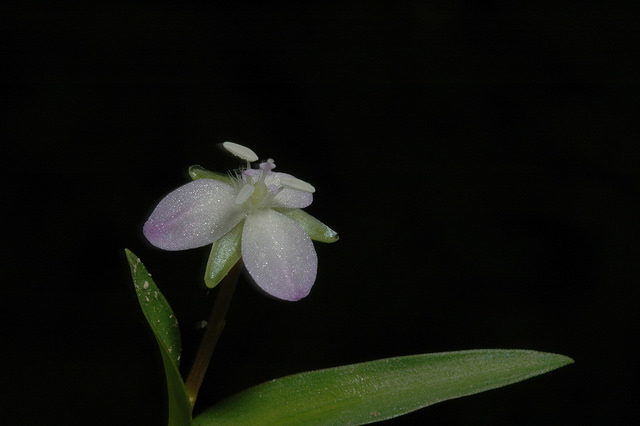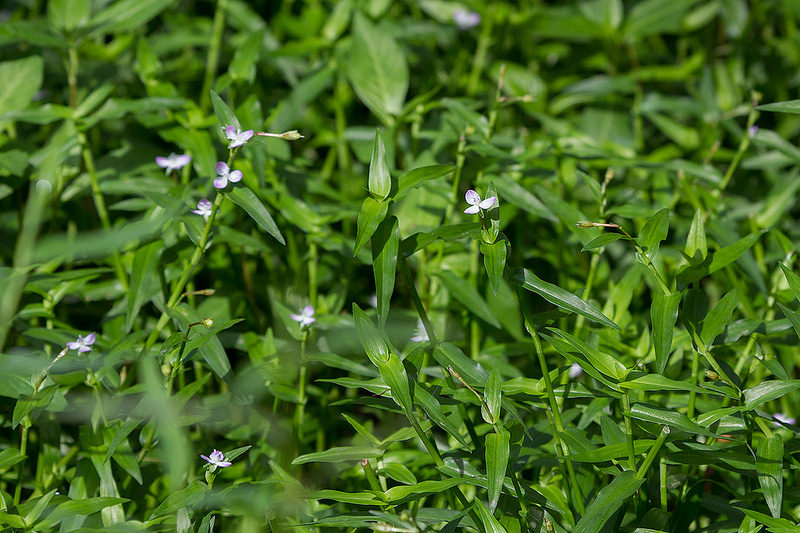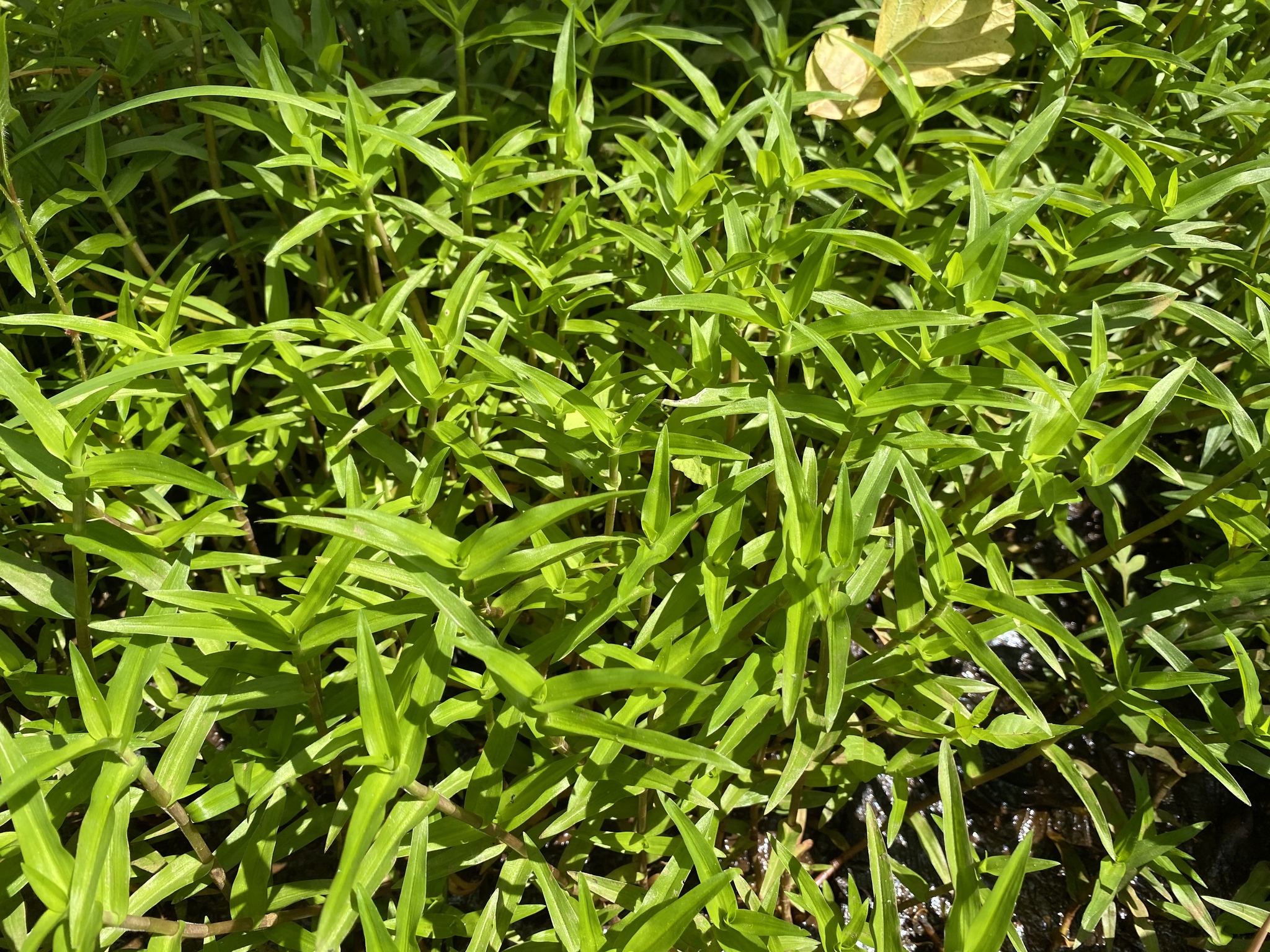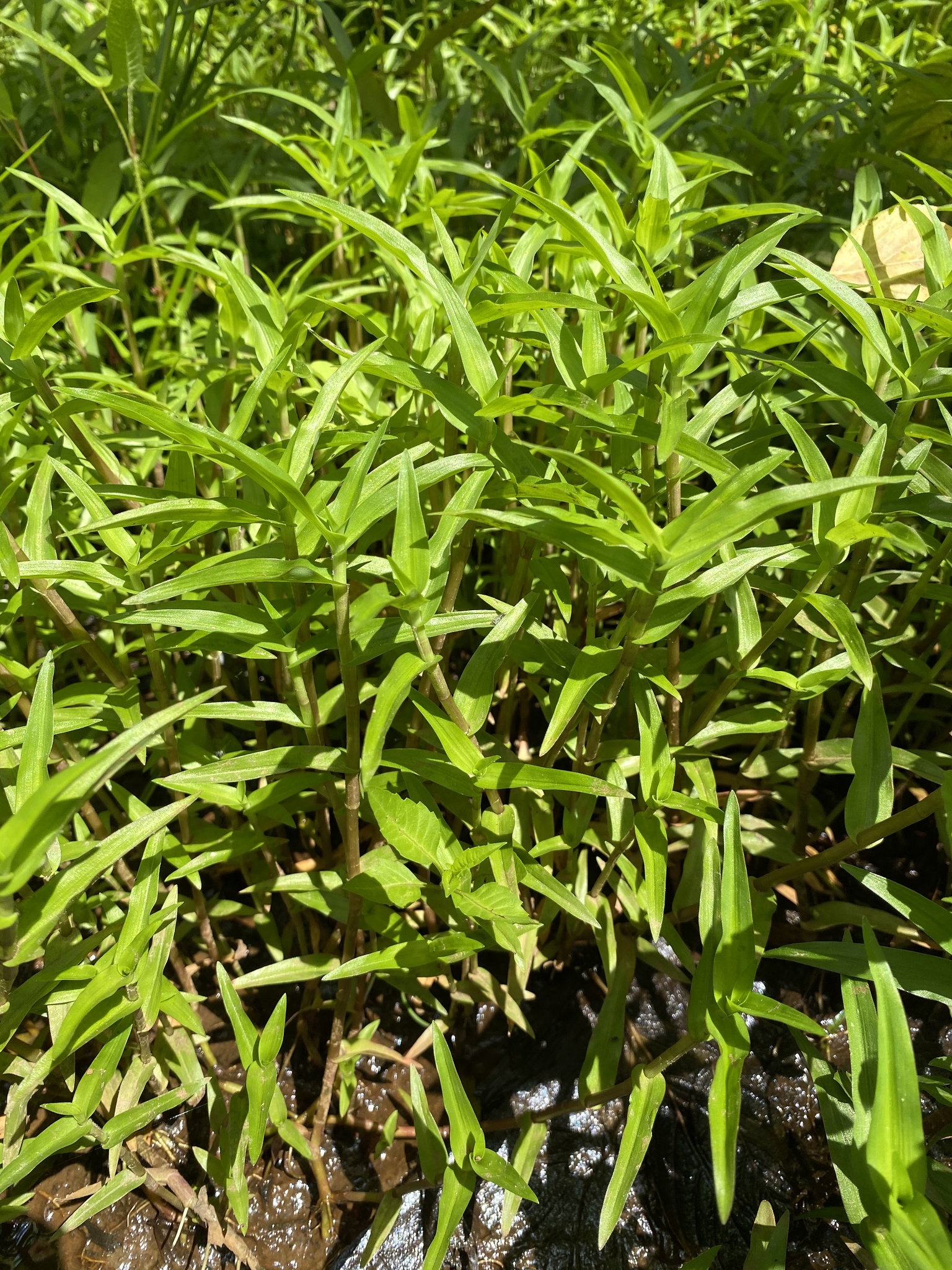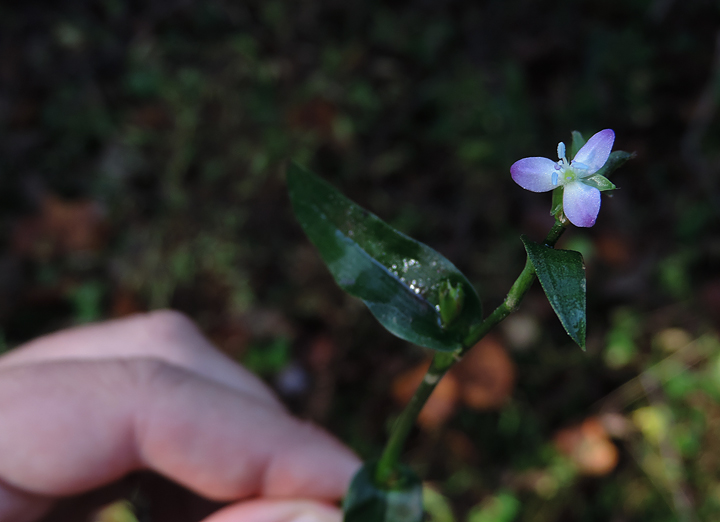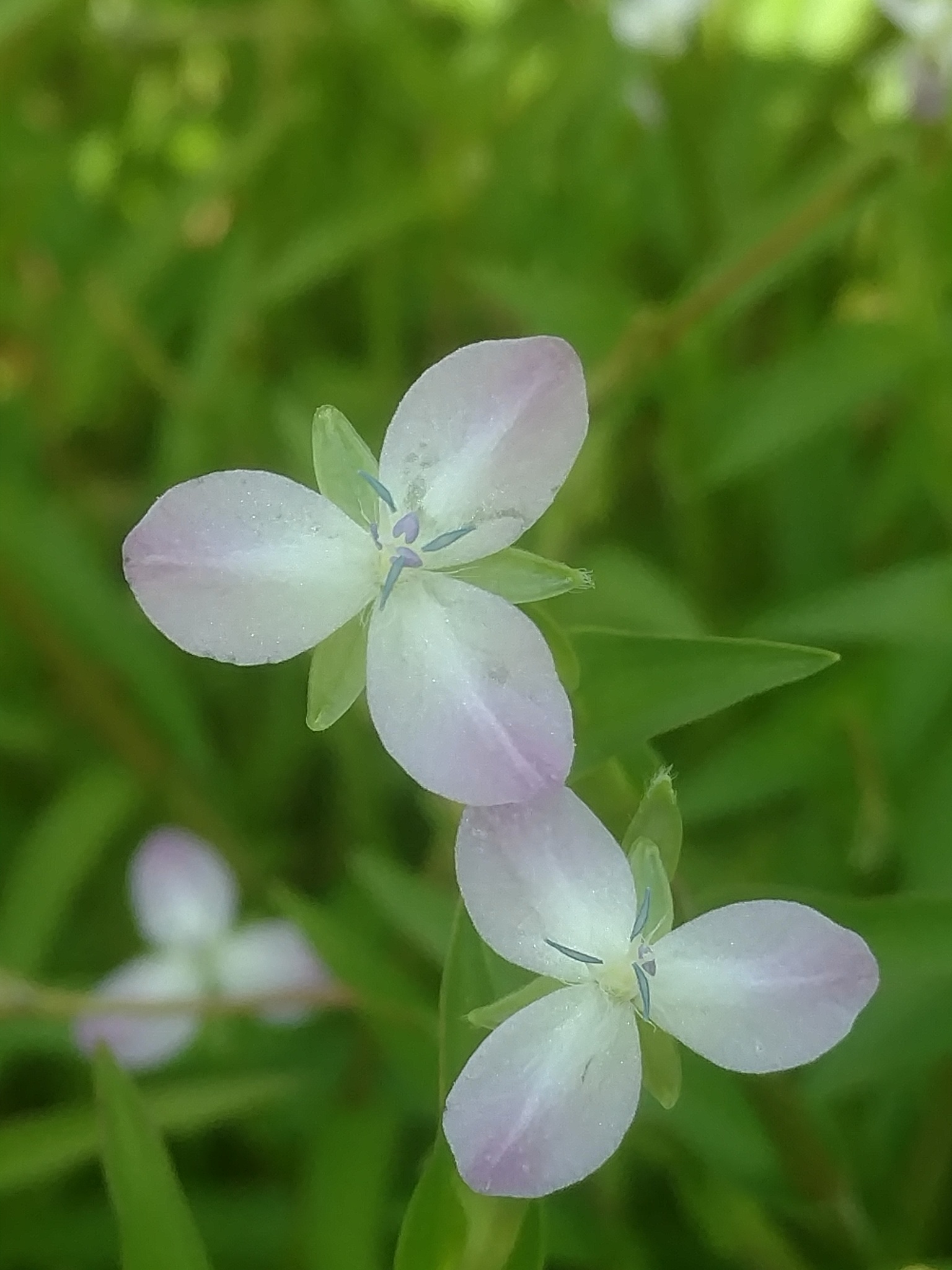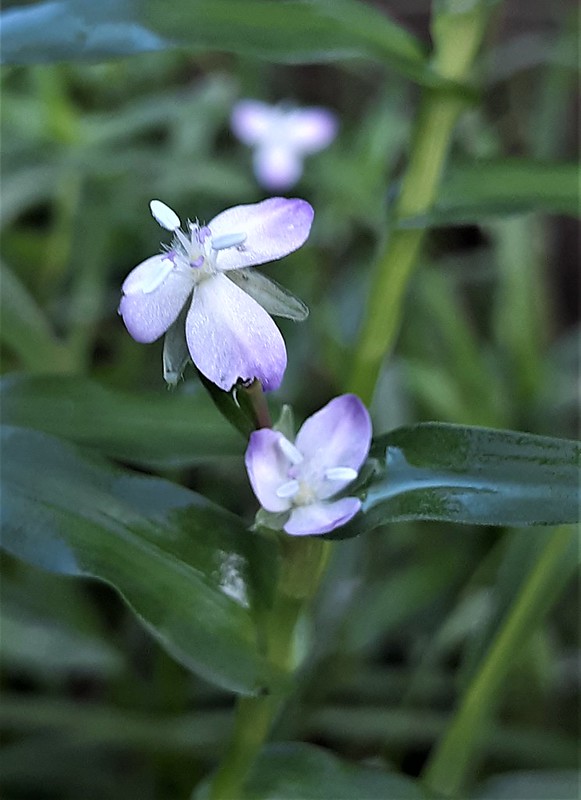Map Snapshot

















220 Records
Status
Wart-removing Herb is an invasive species in Maryland (MISC 2022).
Seasonality Snapshot
Source: Wikipedia
| Murdannia keisak | |
|---|---|

| |
| Scientific classification | |
| Kingdom: | Plantae |
| Clade: | Tracheophytes |
| Clade: | Angiosperms |
| Clade: | Monocots |
| Clade: | Commelinids |
| Order: | Commelinales |
| Family: | Commelinaceae |
| Genus: | Murdannia |
| Species: | M. keisak
|
| Binomial name | |
| Murdannia keisak (Hasskarl) Hand.-Mazz
| |
| Synonyms | |
| |
Murdannia keisak, the marsh dewflower, is an annual, emergent plant in the family Commelinaceae. It is known by several other common names, including aneilema, wart-removing herb, Asian spiderwort, and marsh dayflower.[1] The alternate-leaved plant has succulent, prostrate stems 12 to 20 inches long, and forms new roots at the lower nodes. Three-petaled, perfect flowers, white to bluish-purple or pink, are found in the upper leaf axils and at the ends of stems.[1][2] The fruit is a capsule with several small seeds.[1] A plant of freshwater marshes and the edges of ponds and streams, Murdannia keisak is associated with the growing of rice in east Asia, where it is native to China, Japan, Korea, and Tibet.[2]
Murdannia keisak is an introduced species in the United States. First records in Louisiana and South Carolina date from the 1920s and 1930s. It is most likely that Murdannia keisak accompanied rice imported for agriculture. Evidence also suggests that the plant was present decades before its first collection.[2][3] Populations are established in the mid-Atlantic and southeastern US, from New Jersey to Florida and west to Arkansas and Louisiana; it is also known from the Columbia River estuary between Washington and Oregon.[2][4]
Murdannia keisak can spread aggressively, crowding out other vegetation and forming a solid mat. It can disperse by its small seeds, which are a preferred food of ducks and other waterfowl; it can also reproduce vegetatively.[2]
References
[edit]- ^ a b c "Marsh Dayflower". Invasive Plant Atlas of the United States. The University of Georgia Center for Invasive Species and Ecosystem Health. Retrieved 17 June 2019.
- ^ a b c d e "Aneilema (Murdannia keisak(Hasskarl) Hand.-Mazz)" (PDF). Invasive Alien Plant Species of Virginia. Virginia Department of Conservation and Recreation. March 1999. Retrieved 17 June 2019.
- ^ Dunn, Christopher P.; Sharitz, Rebecca R. (June 1990). "The History of Murdannia keisak (Commelinaceae) in the Southeastern United States". Castanea. 55 (2): 122–129. JSTOR 4033557.
- ^ "Plants Profile for Murdannia keisak (wartremoving herb)". PLANTS Database. United States Department of Agriculture Natural Resources Conservation Service. Retrieved 17 June 2019.
External links
[edit] Media related to Murdannia keisak at Wikimedia Commons
Media related to Murdannia keisak at Wikimedia Commons
